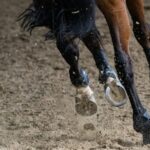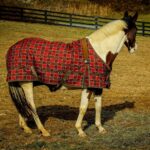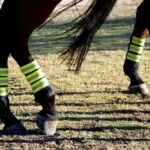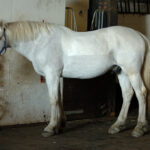Hoof thrush is a common but potentially serious bacterial infection that affects horses’ hooves, particularly in the frog area. This unpleasant condition can cause discomfort, lameness, and long-term hoof damage if left untreated. While thrush may seem like a minor issue, responsible horse owners know that maintaining healthy hooves is fundamental to their equine companion’s overall wellbeing. Fortunately, with proper knowledge and consistent care routines, thrush can be both effectively treated and prevented. This comprehensive guide will help you understand what thrush is, how to identify it, treat existing infections, and implement preventative measures to keep your horse’s hooves healthy.
Understanding Hoof Thrush: The Basics
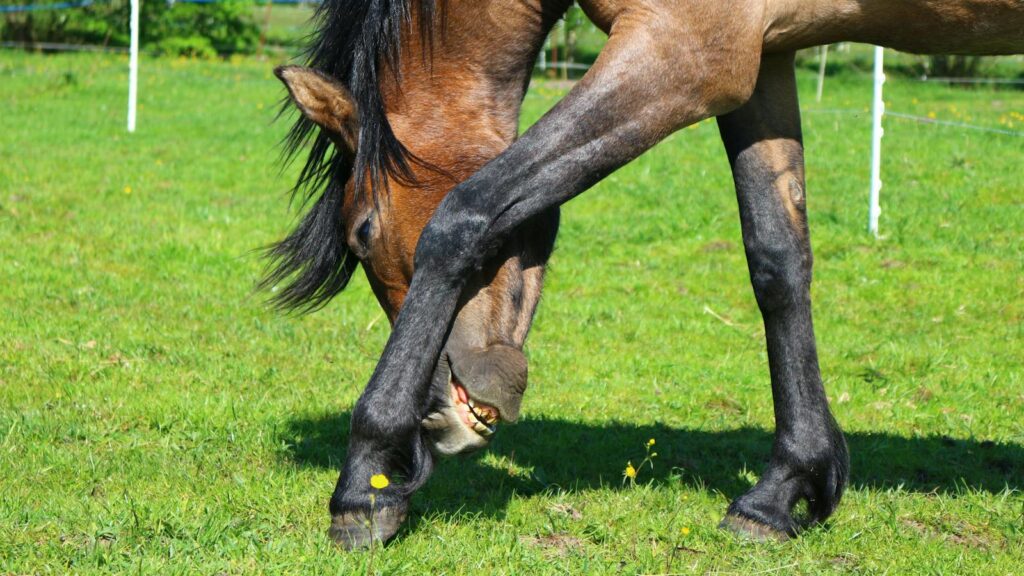
Hoof thrush is an anaerobic bacterial infection, meaning it thrives in environments without oxygen, particularly in the deep crevices of a horse’s hoof. The primary culprit is often Fusobacterium necrophorum, though other bacteria and fungi can contribute to the infection. These organisms feed on dead tissue and produce waste products that cause the characteristic foul odor associated with thrush. The bacteria typically infiltrate the central and lateral sulci (grooves) of the frog, where they begin to destroy healthy tissue. If unchecked, the infection can penetrate deeper structures of the hoof, potentially reaching sensitive tissues that can cause significant pain and lameness.
Common Causes and Risk Factors

The primary environmental factor contributing to thrush is excessive moisture, which creates the perfect breeding ground for bacteria to flourish. Horses kept in muddy paddocks, wet stalls, or areas with poor drainage are particularly susceptible to developing this condition. Poor hoof hygiene, including infrequent picking of the hooves or irregular trimming schedules, significantly increases the risk as accumulated debris creates anaerobic pockets where bacteria thrive. Anatomical factors can also play a role, as horses with deep sulci or contracted heels may have areas that remain moist and collect debris more easily. Additionally, horses with compromised immune systems or those on certain medications may be more vulnerable to developing infections like thrush.
Recognizing the Early Signs of Thrush
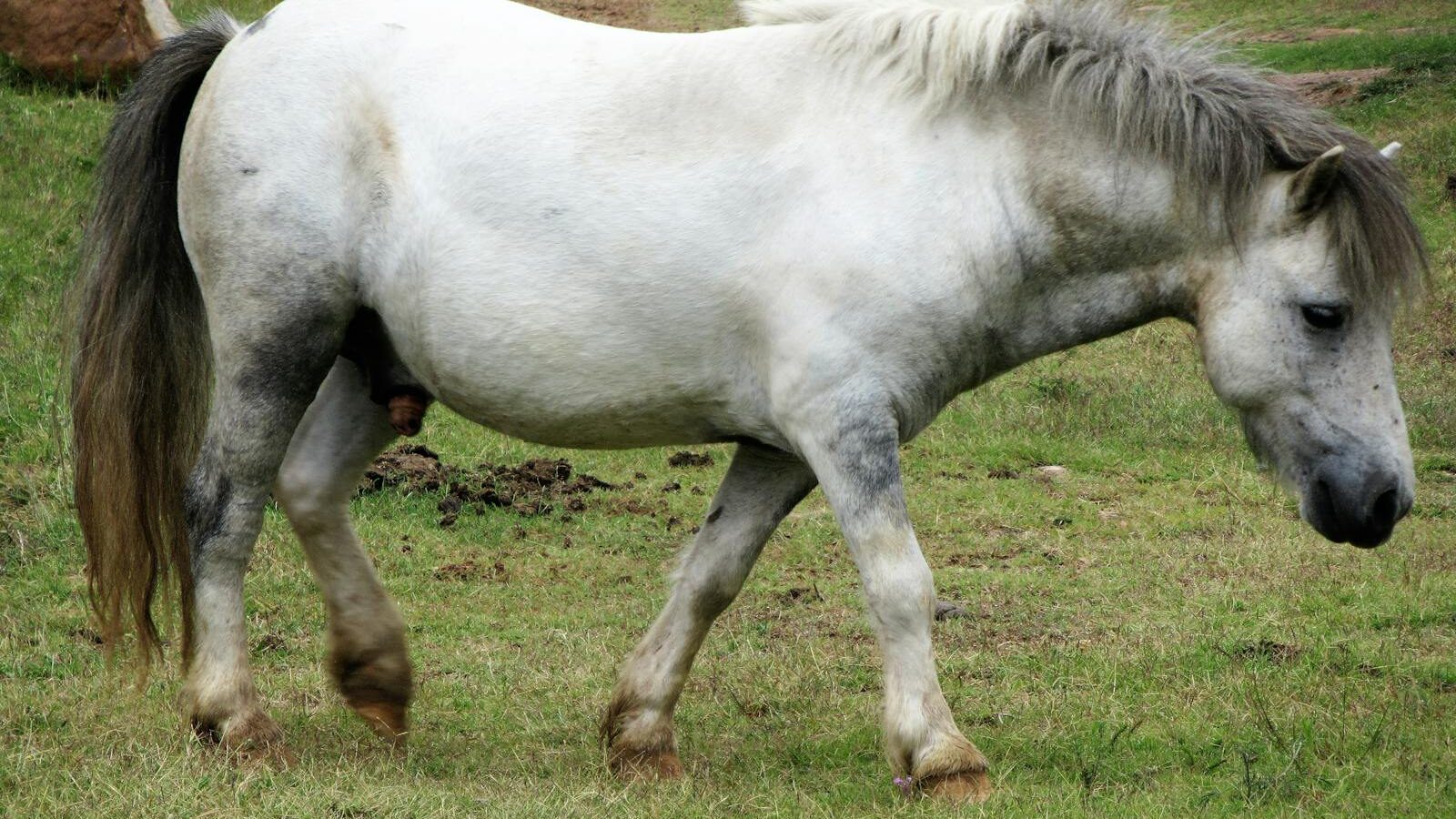
Catching thrush in its early stages is crucial for effective treatment and preventing more serious complications. The most telltale sign is a distinctive foul odor emanating from the affected hoof, often described as putrid or reminiscent of rotten eggs. Visual inspection may reveal a black, tar-like substance in the grooves of the frog, which is actually a combination of necrotic (dead) tissue and bacterial waste products. The frog itself may appear ragged, with irregular edges or a spongy texture that differs from healthy hoof tissue. Early thrush typically doesn’t cause lameness, which is why regular hoof inspections are essential even when the horse shows no signs of discomfort.
Advanced Symptoms That Require Immediate Attention
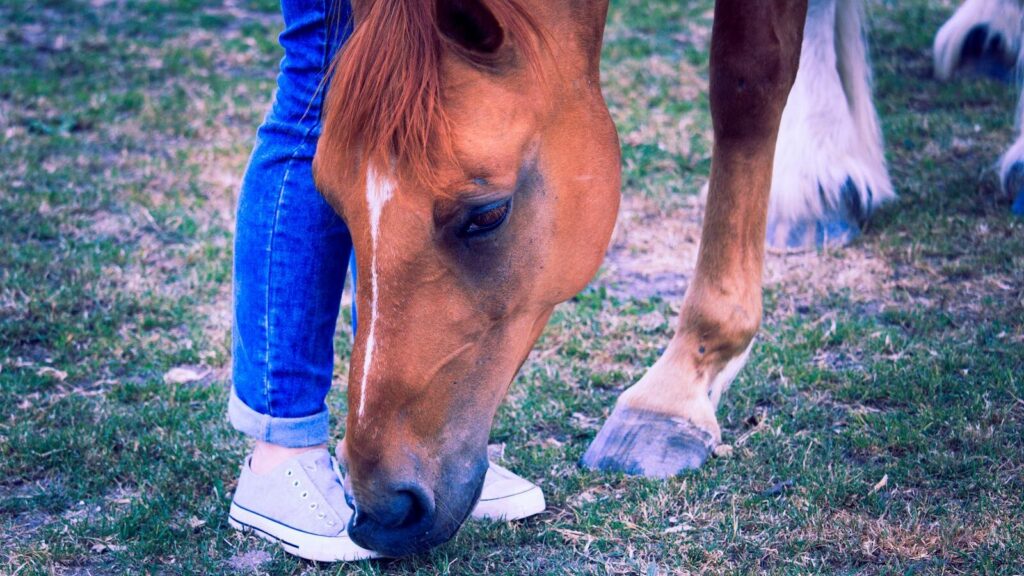
As thrush progresses beyond its initial stages, the infection begins to affect deeper tissues and can cause more serious symptoms that demand prompt intervention. The horse may exhibit sensitivity when pressure is applied to the affected areas of the hoof, particularly around the frog and heel bulbs. In severe cases, you might notice the horse favoring the affected limb or demonstrating actual lameness during movement. The frog tissue may become noticeably deteriorated, with deep pits or open areas where tissue has been destroyed by the infection. If you observe any discharge containing blood or see that the infection has penetrated to the sensitive tissues beneath the frog, this indicates a serious progression that requires immediate veterinary attention to prevent potential long-term damage.
Differentiating Thrush from Other Hoof Conditions
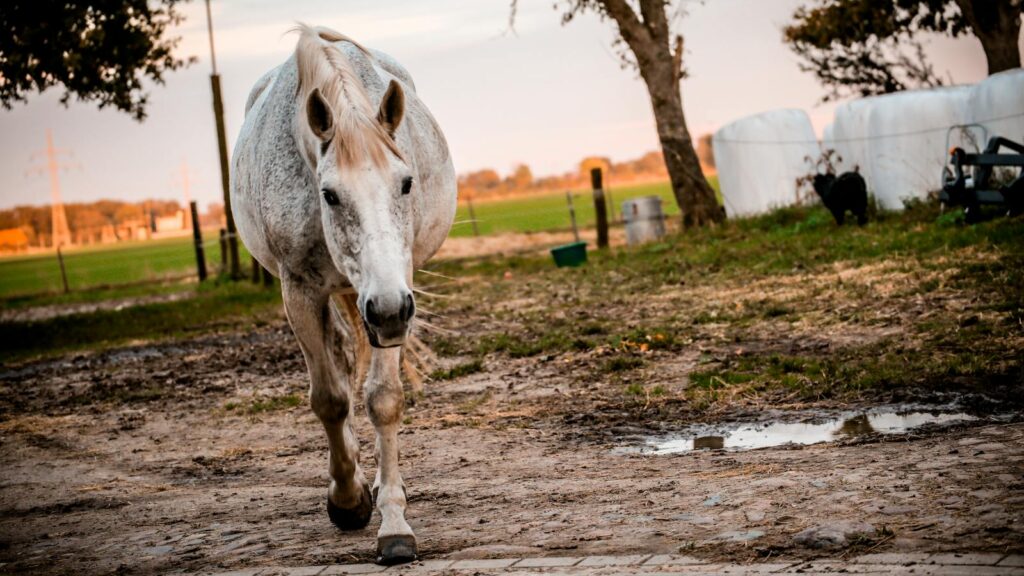
Accurate diagnosis is essential for effective treatment, as several hoof conditions can present with similar symptoms to thrush. White line disease, for instance, affects a different part of the hoof (the white line area between wall and sole) but can also cause deterioration of hoof tissue. Canker is a more serious condition that produces proliferative, cauliflower-like growths and affects not just the frog but potentially the sole and hoof wall as well. Abscesses within the hoof typically cause more acute lameness and localized heat, but might initially be confused with advanced thrush. If you’re uncertain about what you’re seeing in your horse’s hoof, consulting with your farrier or veterinarian can provide clarification and ensure the most appropriate treatment approach.
Essential Tools for Thrush Treatment
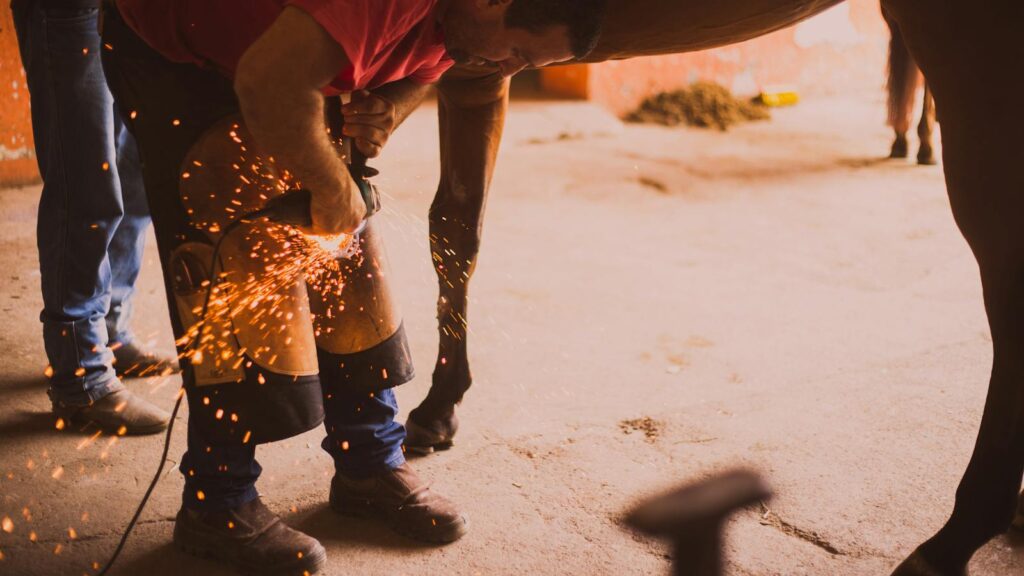
Building a proper thrush treatment kit is an important step for any horse owner, as having the right tools readily available allows for prompt intervention when signs appear. A good quality hoof pick with a stiff brush is fundamental for thoroughly cleaning the affected areas before applying any treatment. Disposable gloves protect your hands from both the bacteria and potentially harsh treatment products. A selection of thrush-specific medications, which may include copper sulfate, iodine-based products, or commercial formulations like Thrush Buster or Kopertox, should be kept in your barn medicine cabinet. Additional useful items include clean cotton or gauze for application, a small brush for reaching deep crevices, and a hoof boot if needed to keep treatment in place or protect from environmental contaminants.
Step-by-Step Treatment Protocol
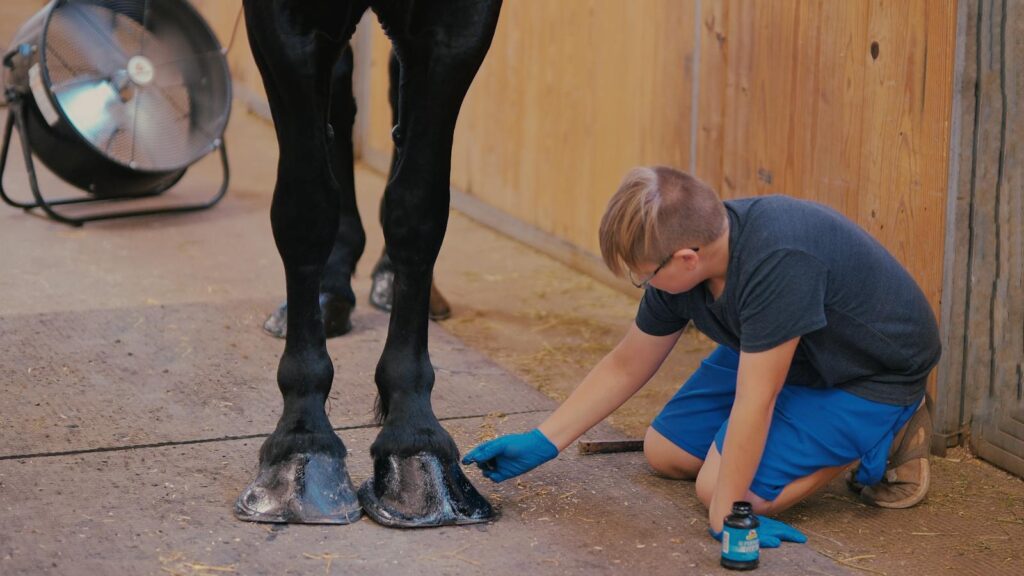
Treating thrush effectively requires a methodical approach beginning with thorough cleaning of the affected hoof. Using your hoof pick and brush, carefully remove all dirt, manure, and debris from the entire hoof, paying special attention to the grooves of the frog where infection typically concentrates. After cleaning, use clean gauze or cotton to dry the area as much as possible, creating a better environment for treatment products to adhere and work effectively. Apply your chosen thrush medication directly to the affected areas, being careful to follow product instructions regarding frequency and precautions. For mild cases, daily treatment for 7-10 days is typically sufficient, while more severe infections may require 2-3 weeks of consistent treatment. Throughout the treatment period, keep the horse in a clean, dry environment as much as possible to support the healing process.
When to Consult a Veterinarian or Farrier
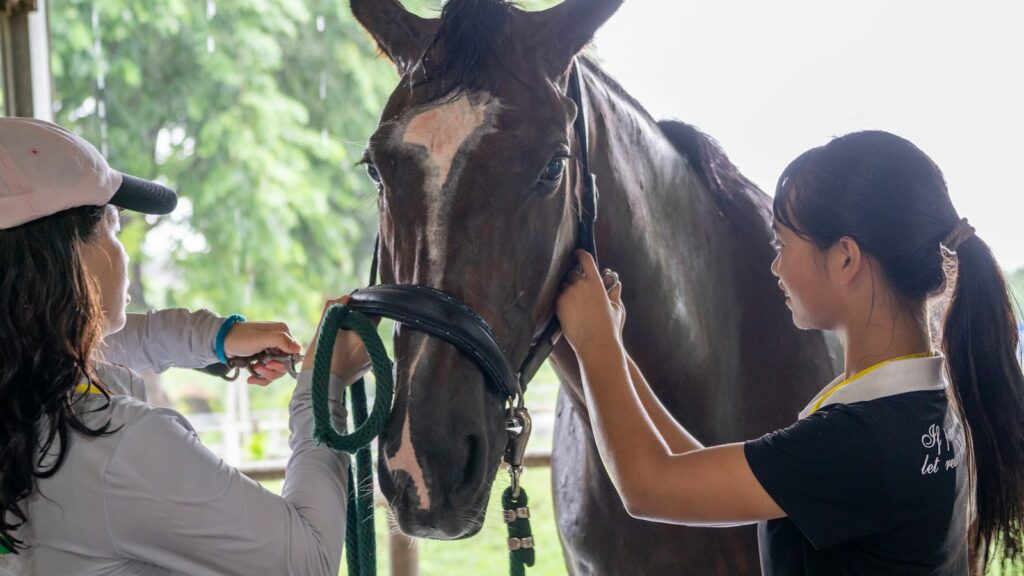
While many cases of thrush can be effectively managed by knowledgeable horse owners, certain situations warrant professional intervention. If you notice your horse showing signs of pain or lameness in connection with the thrush infection, this indicates that the condition has likely progressed to deeper tissues and requires expert assessment. Cases that don’t show improvement after 7-10 days of diligent home treatment suggest either a particularly stubborn infection or potentially a misdiagnosis. Any signs of blood in the discharge or exposure of sensitive underlying tissues necessitate immediate veterinary attention. Professional input is also valuable when thrush recurs frequently despite preventative measures, as this may indicate underlying conformational issues or management factors that need addressing.
Environmental Management to Prevent Recurrence
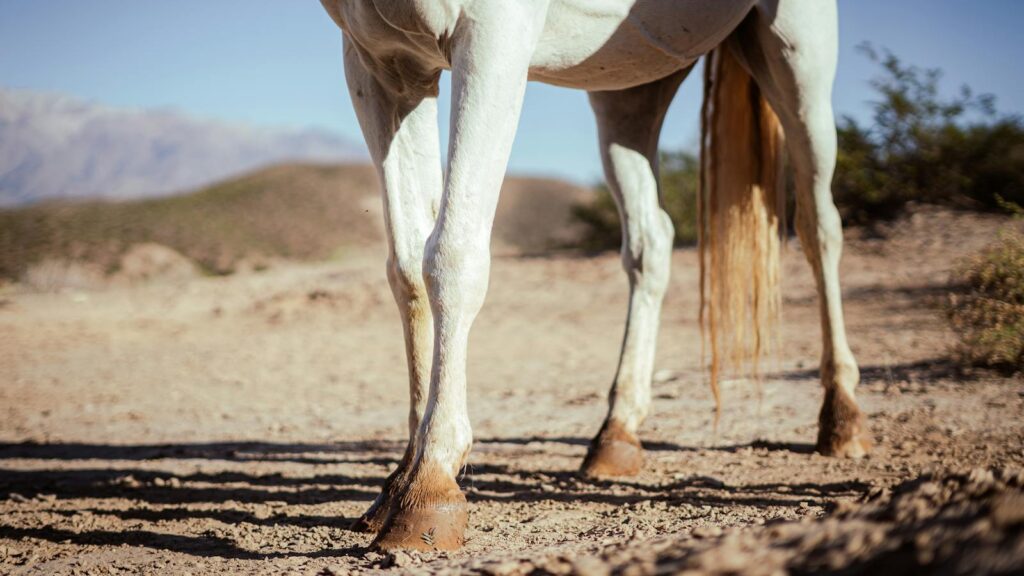
Creating and maintaining an environment that discourages thrush development is perhaps the most important long-term strategy for prevention. Proper drainage in paddocks and turnout areas prevents standing water and mud, which are primary culprits in thrush development. Stall management should include regular mucking, adequate bedding that’s kept clean and dry, and good ventilation to reduce humidity. Consider adding limestone or other drainage-improving materials to chronically wet areas where horses spend significant time. For horses that must spend extended periods in wet conditions, implementing scheduled “dry time” in a clean, dry area can help counteract moisture exposure. Seasonal adjustments may be necessary, with extra vigilance during rainy seasons or spring thaws when environmental moisture is highest.
Regular Hoof Care Routines
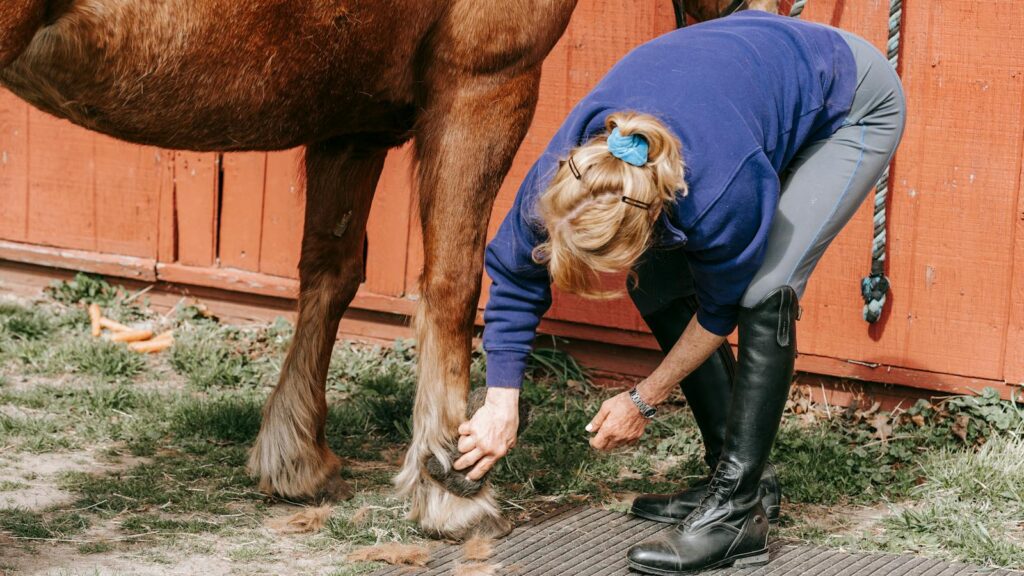
Establishing a consistent hoof care routine is the foundation of thrush prevention and overall hoof health. Daily hoof picking should be non-negotiable, removing debris and allowing you to inspect for early signs of problems while improving air circulation to the frog. Maintaining a regular trimming schedule with your farrier, typically every 4-8 weeks depending on your horse’s growth patterns, prevents overgrown hooves that can trap moisture and debris. Consider incorporating a weekly preventative wash with a mild antimicrobial solution, particularly during wet seasons or if your horse has a history of thrush. Teaching your horse to accept routine hoof handling makes these preventative measures less stressful for both of you and increases the likelihood of consistent implementation.
Nutritional Considerations for Hoof Health
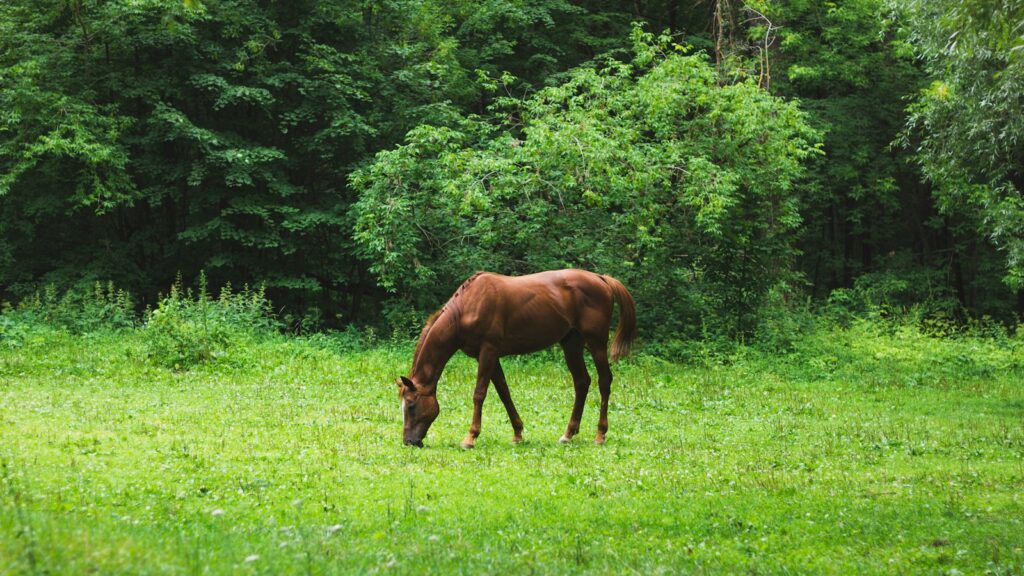
While environmental management and physical care are crucial for thrush prevention, nutrition plays a significant role in maintaining resilient hooves that can better resist infection. Ensure your horse receives adequate biotin, a B vitamin that supports healthy hoof growth, either through complete feeds or supplements if needed. Proper protein intake is essential, as the hoof wall is primarily composed of keratin, a protein structure. Minerals like zinc and copper are critical for hoof integrity, while selenium and vitamin E support overall immune function. Omega-3 fatty acids can help improve the quality of hoof horn production and reduce inflammation. Consulting with an equine nutritionist can help you develop a feeding program specifically tailored to support your horse’s hoof health, taking into account their individual needs, workload, and any existing health conditions.
Seasonal Adjustments for Thrush Prevention
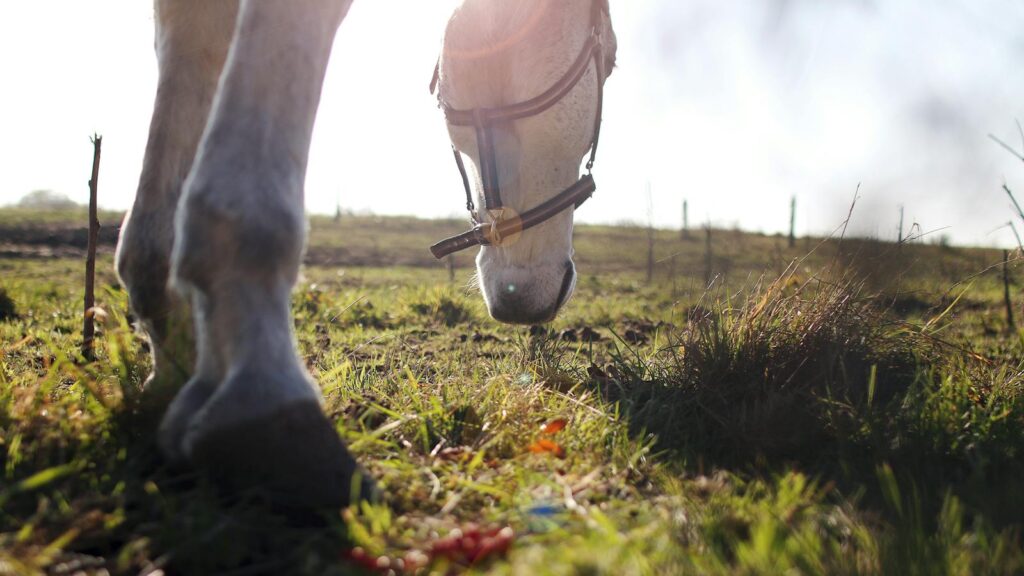
Different seasons present unique challenges for hoof health, requiring adaptive management strategies throughout the year. During wet seasons, consider increasing the frequency of hoof inspections and preventative treatments, while ensuring horses have access to dry standing areas. Hot, humid summer months can create sweaty conditions between the bulbs of the heels, potentially encouraging bacterial growth that requires special attention during cleaning. Winter brings its own challenges with freeze-thaw cycles that can create mud and standing water, while salt and chemical de-icers used on roads and walkways can irritate hoof tissue, making it more susceptible to infection. Spring transitional periods when horses may be moving from dry winter paddocks to lush, dewy pastures require gradual adjustment and increased vigilance. By anticipating these seasonal challenges, you can modify your prevention routine accordingly rather than waiting for problems to develop.
Special Considerations for Different Horse Types

Prevention and treatment approaches may need adjustment based on your horse’s individual characteristics and circumstances. Older horses often have reduced circulation to their extremities and may benefit from regular exercise to promote blood flow to the hooves, along with more frequent preventative care. Draft horses and other heavy breeds typically have larger, deeper sulci in their frogs where thrush can more easily take hold, requiring extra thorough cleaning practices. Horses with conformational issues like contracted heels or sheared heels are naturally more predisposed to thrush and may need more intensive preventative care or corrective farriery. Competition horses whose schedules involve frequent stalling or exposure to various environments benefit from a portable hoof-care kit and regular checks during travel and competition. Understanding your horse’s specific risk factors allows you to customize your prevention strategy for maximum effectiveness.
conclusion
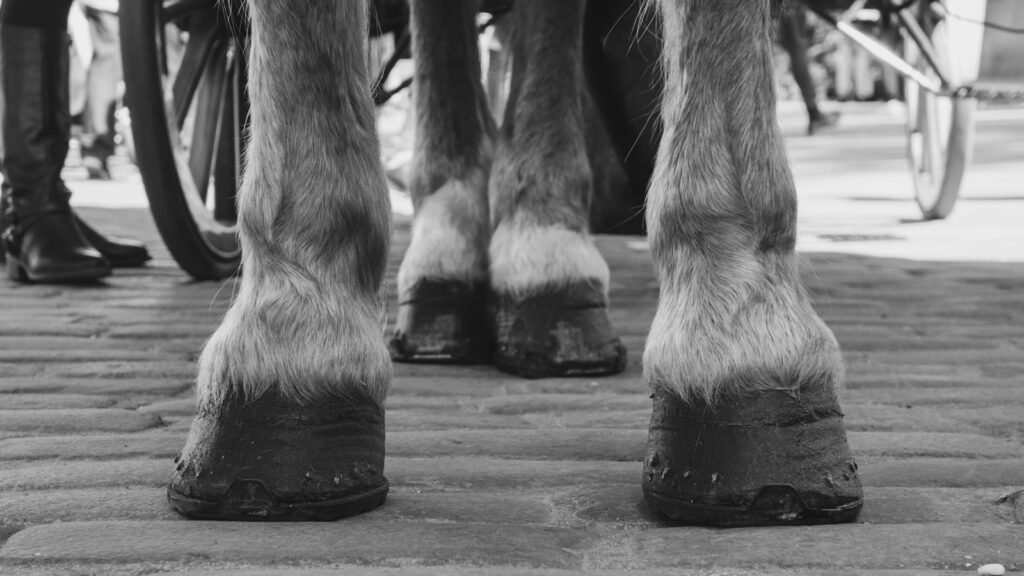
Hoof thrush is a common but preventable condition that requires vigilance and consistent care to manage effectively. By understanding the causes, recognizing the early warning signs, and implementing proper prevention strategies, you can protect your horse from the discomfort and potential complications that thrush can cause. Remember that healthy hooves form the foundation of your horse’s overall wellbeing, impacting everything from comfort to performance. Making thrush prevention part of your regular horse care routine isn’t just addressing a single condition—it’s an investment in your horse’s long-term soundness and quality of life. With the knowledge and strategies outlined in this guide, you’re well-equipped to keep your horse’s hooves thrush-free and healthy for years to come.


